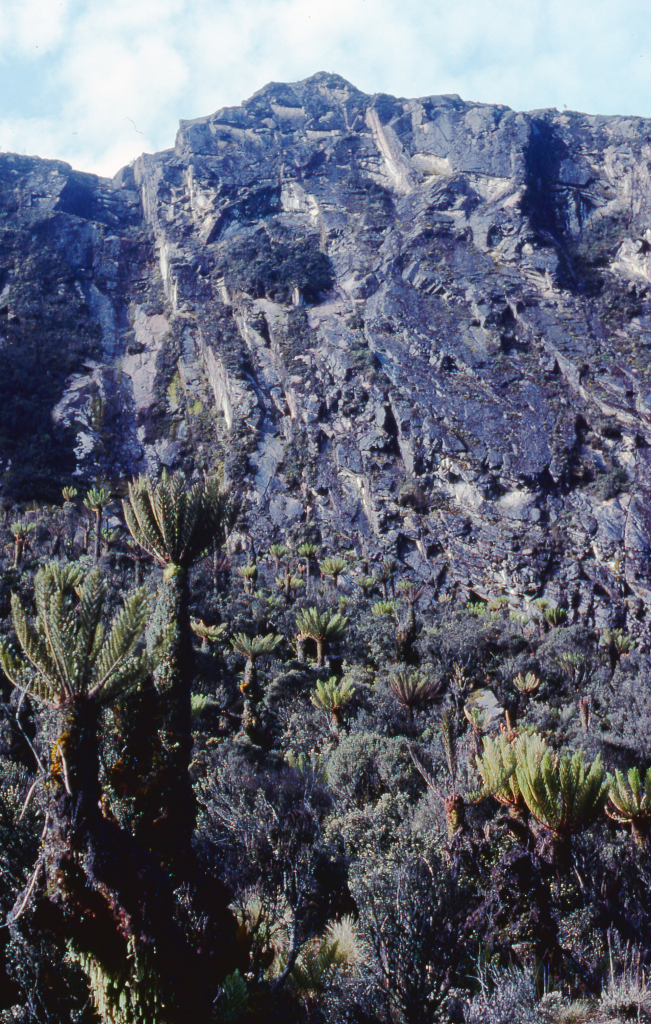Liam Trethowan discusses his recent article: Plant species biogeographic origin shapes their current and future distribution on the world’s highest island mountain. Find out more about how they used herbarium specimens to investigate species presence under current and future temperatures.
Tropical mountains are host to some of the highest densities of plant species on earth, making them hugely challenging to monitor in real time. It is therefore handy to have proxies that help us understand how and why species respond to increasing temperatures.
Mount Jaya is one of the few places on earth that you can find an elevation linked habitat gradient from coastal tropical forests (photo 1) via alpine shrublands (photo 2) to montane glaciers.
On Mount Jaya, and the rest of Malesia (from Peninsular Malaysia to New Guinea) it is thought that lowland species more likely have western/Eurasian evolutionary history, whereas at higher elevations species originating from the east/Australia become more common. We wanted to see if this distinction helped us predict both occurrence of species on Mount Jaya and their response to a two-degree Celsius temperature increase.
Using a dataset of c. 7000 herbarium collections, we found more Sunda origin species at all elevations. This differed from previous studies based upon forest plots that found high elevations to have more than 50 % of species that originated from Sahul. This could be because of our inclusion of non-tree taxa such as that seen in photo 3.
The simple model we built predicted that species from Sahul are less likely to tolerate temperature increases. This is presumably a legacy of their ancestors being exposed to cooler climates and therefore are less tolerant of and more likely to be outcompeted in warmer conditions.
This study was only possible because of the diligent work by botanists to collect (photos 4 and 5) and identify herbarium specimens from Mount Jaya. The identifications greatly benefitted from in-person comparisons being made in well-functioning, expert designed herbaria. Natural history collections are key tools to study the changing planet but only if the infrastructure surrounding them amplifies, not limits, their potential.
Liam Trethowan Royal Botanic Gardens Kew, London, UK
Read the full article online: Plant species biogeographic origin shapes their current and future distribution on the world’s highest island mountain




